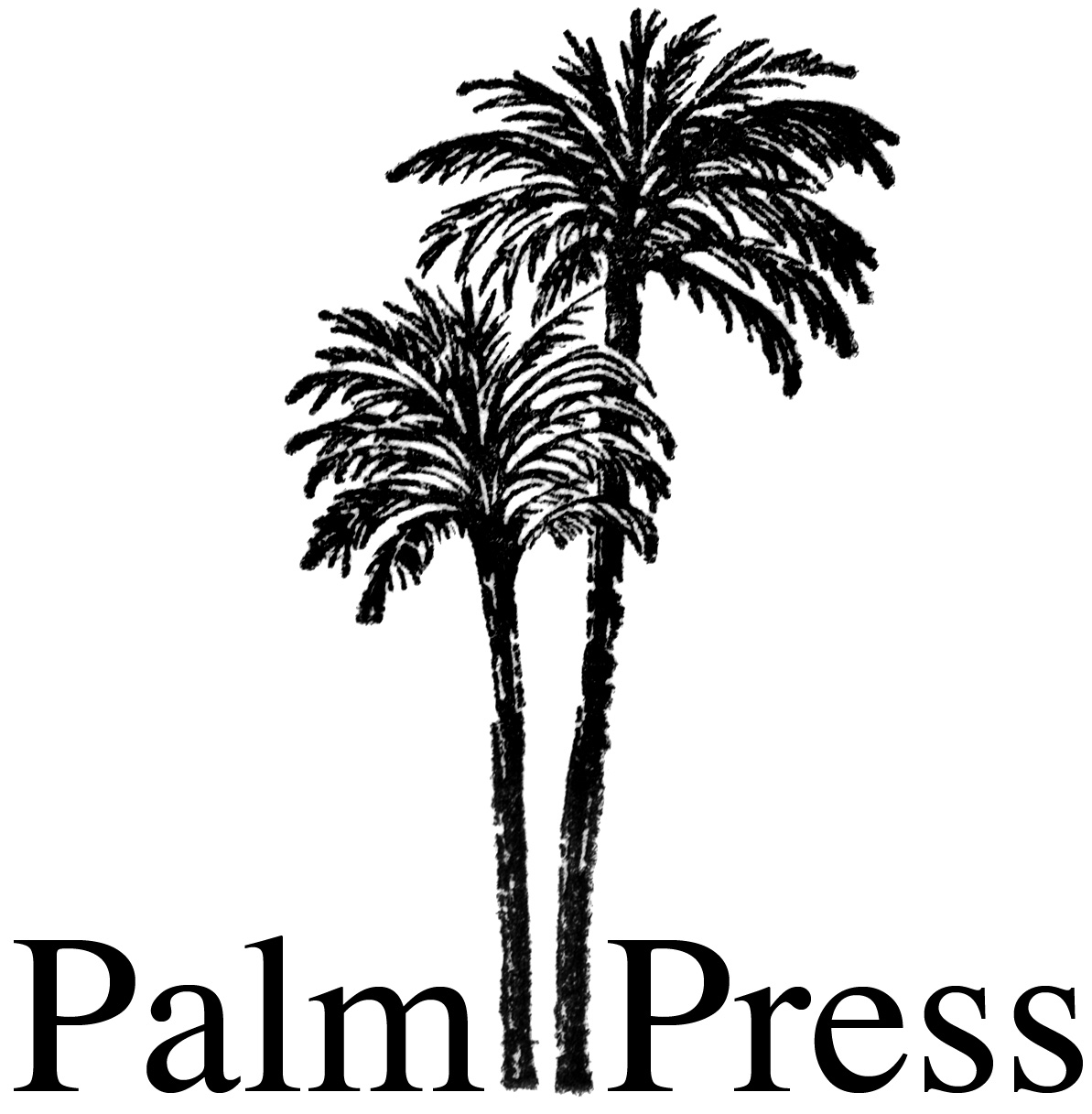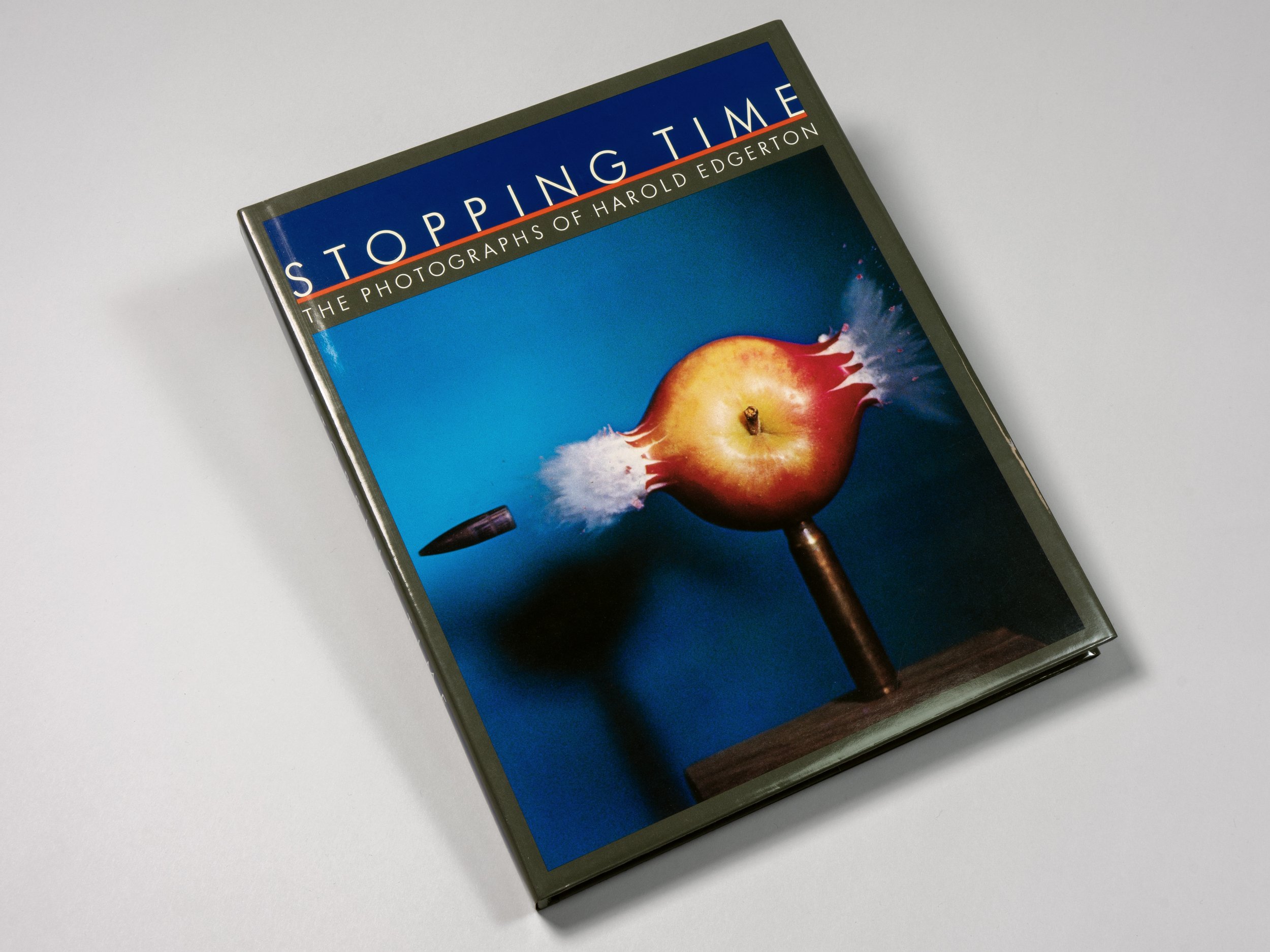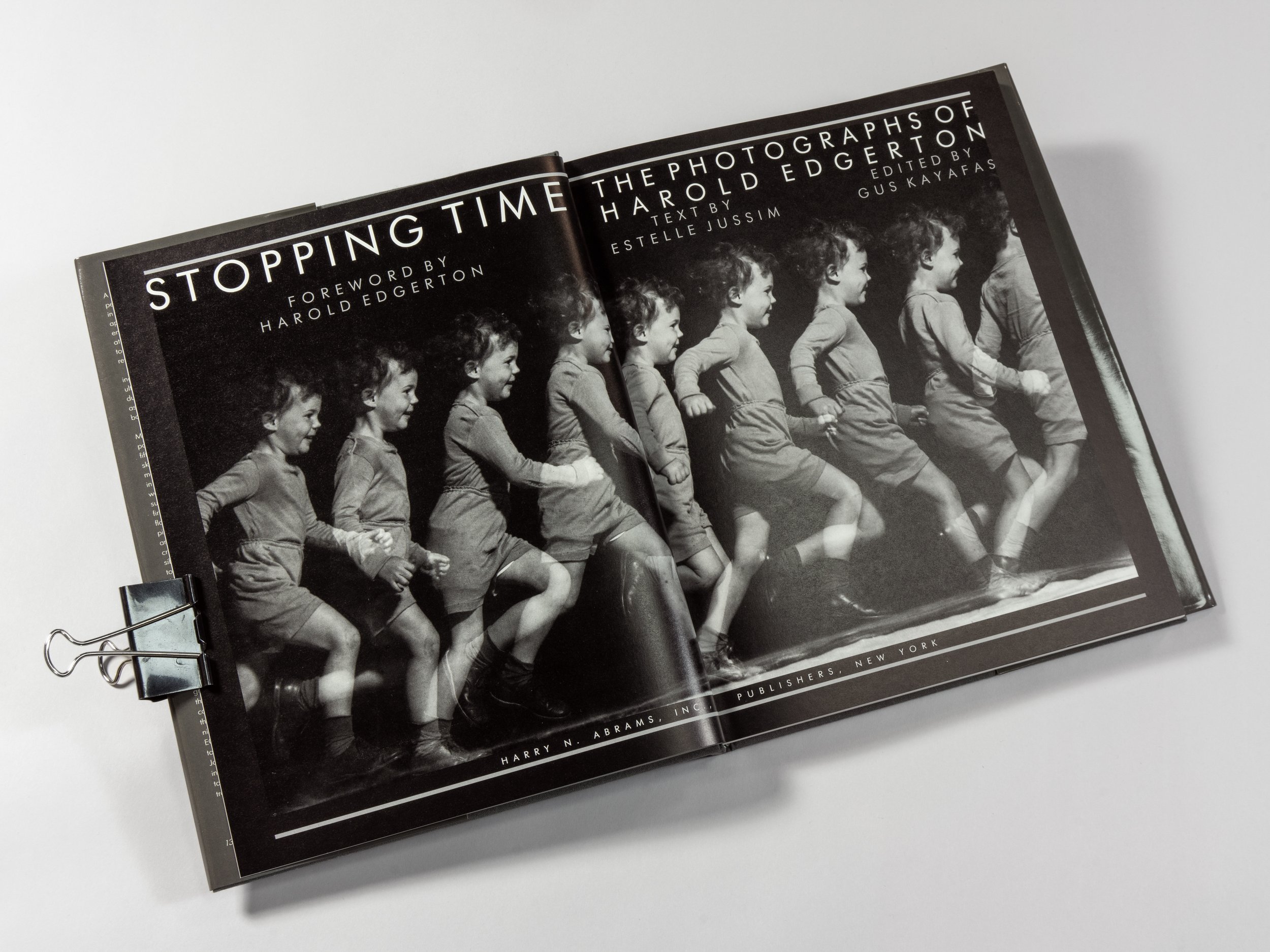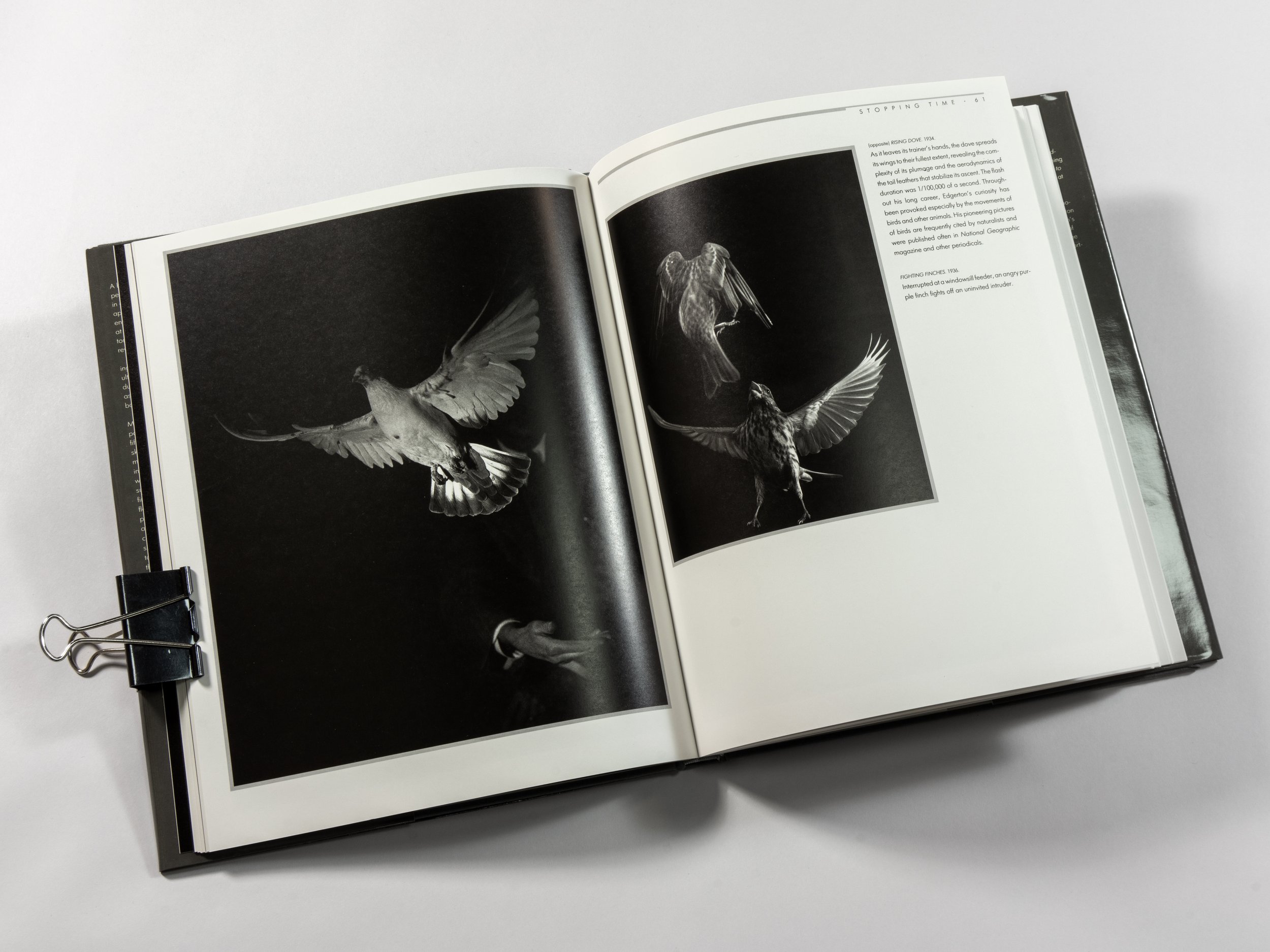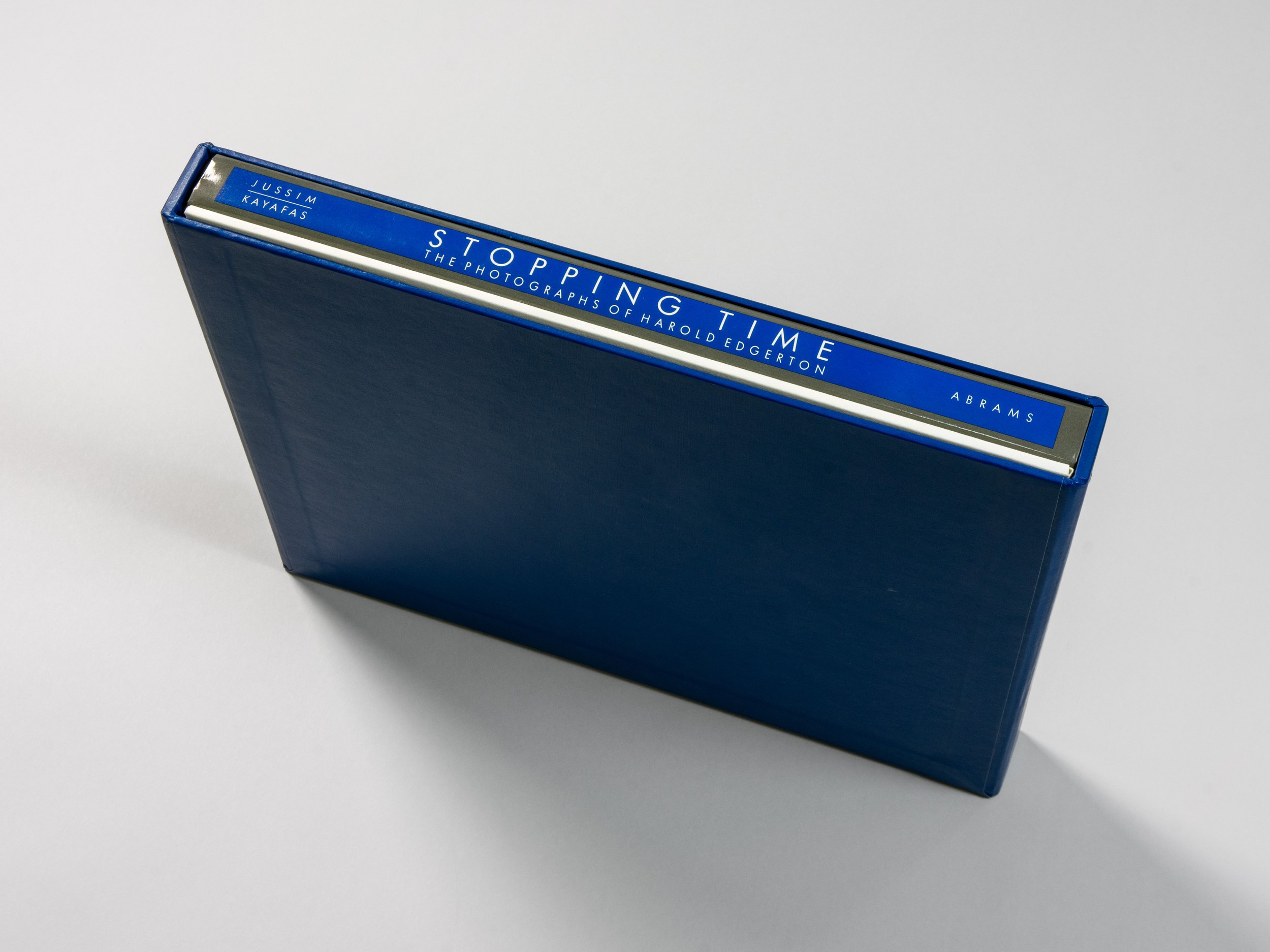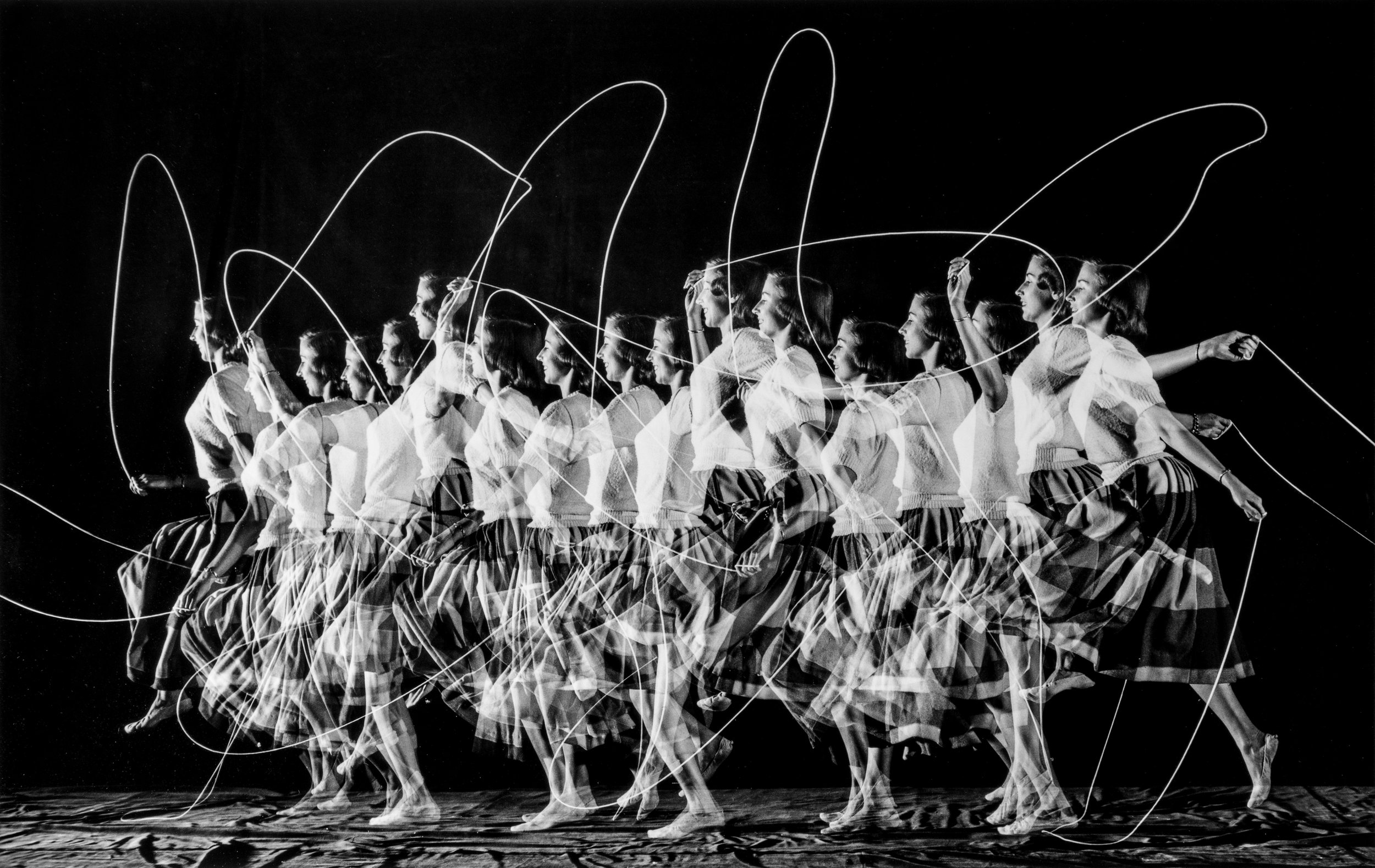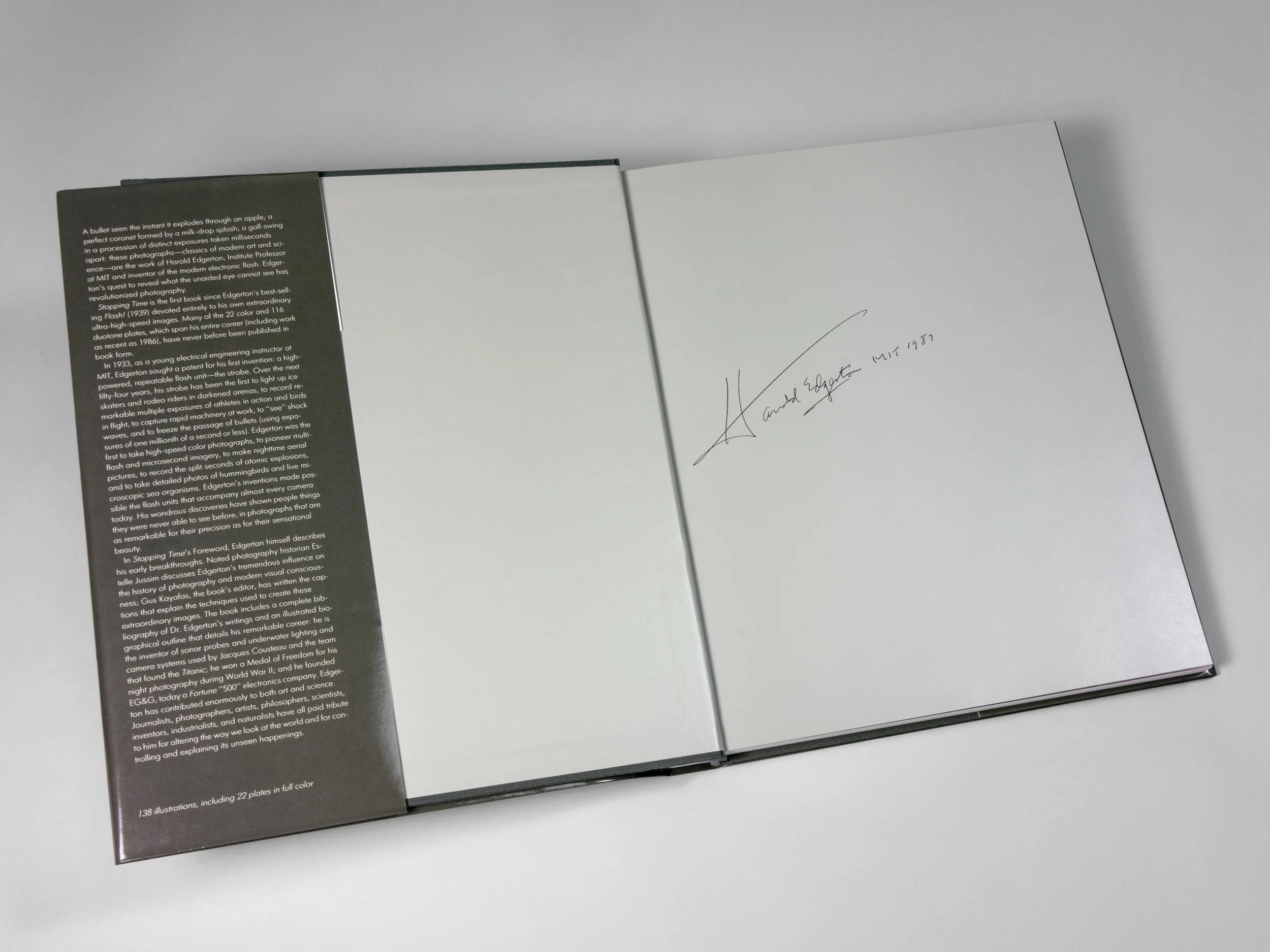HAROLD EDGERTON
Stopping Time
A bullet seen the instant it explodes through an apple; a perfect coronet formed by a milk-drop splash; a golf-swing in a procession of distinct exposures taken milliseconds apart: these photographs—classics of modern art and science—are the work of Harold Edgerton, Institute Professor at MIT and inventor of the modern electronic flash. Edger-ton's quest to reveal what the unaided eye cannot see has revolutionized photography.
Stopping Time is the first book since Edgerton's best-sell-ing Flash! (1939) devoted entirely to his own extraordinary ultra-high-speed images. Many of the 22 color and 116 duotone plates, which span his entire career (including work as recent as 1986), have never before been published in book form.
In 1933, as a young electrical engineering instructor at MIT, Edgerton sought a patent for his first invention: a high-powered, repeatable flash unit—the strobe. Over the next fifty-four years, his strobe has been the first to light up ice skaters and rodeo riders in darkened arenas, to record remarkable multiple exposures of athletes in action and birds in flight, to capture rapid machinery at work, to "see" shock waves, and to freeze the passage of bullets (using exposures of one millionth of a second or less). Edgerton was the first to take high-speed color photographs, to pioneer multi-flash and microsecond imagery, to make nighttime aerial pictures, to record the split seconds of atomic explosions, and to take detailed photos of hummingbirds and live microscopic sea organisms. Edgerton's inventions made possible the flash units that accompany almost every camera today. His wondrous discoveries have shown people things they were never able to see before, in photographs that are as remarkable for their precision as for their sensational beauty.
In Stopping Time's Foreword, Edgerton himself describes his early breakthroughs. Noted photography historian Estelle Jussim discusses Edgerton's tremendous influence on the history of photography and modern visual consciousness; Gus Kayafas, the book's editor, has written the captions that explain the techniques used to create these extraordinary images. The book includes a complete bibliography of Dr. Edgerton's writings and an illustrated biographical outline that details his remarkable career: he is the inventor of sonar probes and underwater lighting and camera systems used by Jacques Cousteau and the team that found the Titanic; he won a Medal of Freedom for his night photography during World War Il; and he founded EG&G, today a Fortune "500" electronics company. Edgerton has contributed enormously to both art and science.
138 illustrations, including 22 plates in full color, Published in 1987 by Harry N. Abrams, Incorporated, New York. Special Edition of 250 books in slipcase, 125 with color dye transfer “Cutting The Card Quickly, 1964”, and 125 with silver gelatins photograph “Moving Skip Rope, 1952” plus 26 Artist’s Proofs of each image, produced at Palm Press, Inc. under the supervision of the artist and signed verso.
